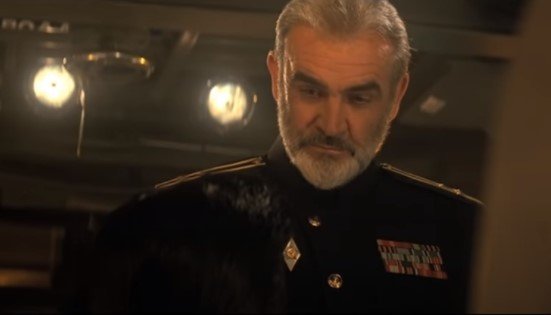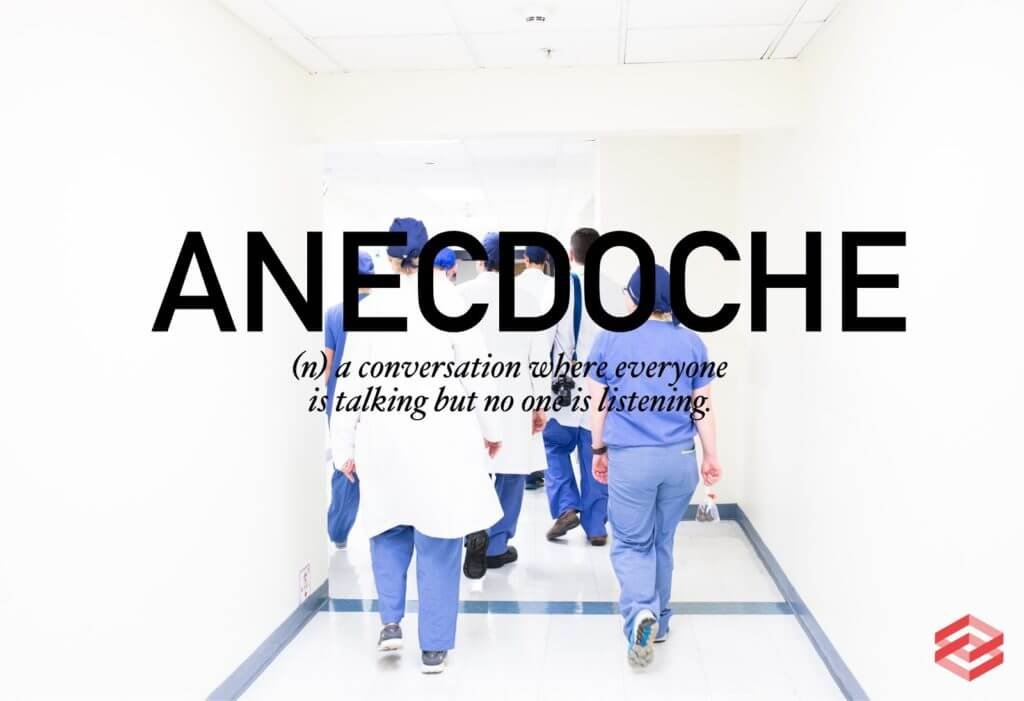
What Healthcare Has to Learn from Sean Connery
The 1990 classic action film The Hunt for Red October provides a lot of great scenes and one liners. One, in particular, has always stuck with me: the moment when Connery’s character, Russian Submarine Captain Marko Ramius, directs his crew into a narrow passage on the ocean floor and they clearly think he is insane. The film cuts between different clips of the crew members becoming more and more nervous. Ramius gives precise instructions and navigates them through troubled waters. The solution was relatively simple: know your environment, trust your instruments, and align the organization.
What does that have to do with healthcare and data?
Knowing your environment.

Everyone is Talking, but No One is Listening…
In 2017, the United States spent $3.5 trillion, 18% of our GDP, on healthcare expenditures. That comes out to almost $10,000 per person, which is twice the spending of other developed countries.
And yet our healthcare falls short on a global scale. In fact, some lists rate the United States healthcare system as the 37th best in the country. So much spending, but so little results. Why?

Jazzing Up the Healthcare System
Originating in the early 19th century, jazz is a free-spirited and spontaneous form of music that places a heavy emphasis on musicians finding their own unique sound and style. Instead of reading music from a score, they make it up as they go along. Jazz has transformed lives, business, and the world. It provides the opportunity for creativity and is unceasingly inventive.
Inventiveness is critical to the future of healthcare. It is time to pick up the sax, find our creativity, and develop a unique style of handling health data. In the wake of the global pandemic, there is so much information in a wide variety of formats. Siloes are being erected unintentionally in the name of sharing data faster.
As healthcare continues to evolve and becomes more consumer-centric, the significance of value-based care increases. We all know health insurance has a critical role to play. This is a unique opportunity to come together and do more than just ‘gamify’ our Fitbits, sensors, and company health incentive checklists. We can encourage healthier lifestyles, make use of personal data, deliver insightful individualized health analytics, and drive down costs as we apply machine learning and AI for the betterment of society.
But how?

Why Healthcare Needs to Leave the Pareto Principle in 1896
In 1896, Vilfredo Pareto defined something known as “the Pareto Principle.” This is the idea that 80% of consequences result from 20% of causes. While this is more observation and less scientific fact, we can see evidence of the Pareto Principle all around us. Healthcare is a great example. Health data comes in a variety of different forms: electronic records (HER / EMR), sensors tracking our vital signs, lab results, physicians notes, patient-generated data (from cell phone applications or wearable technologies), various types of imagery (MRIs, x-rays, and medical photography, etc.), and even simple things like patient surveys and sign-in sheets at the reception desk. All these different inputs are constantly providing healthcare companies with more data; however, it tends to be ‘unused.’ From hospitals to private practice, and insurance companies to our government, they are all trying to figure out what to do with it.
What if I told you that 80% of healthcare data remains untapped and unmanaged?
